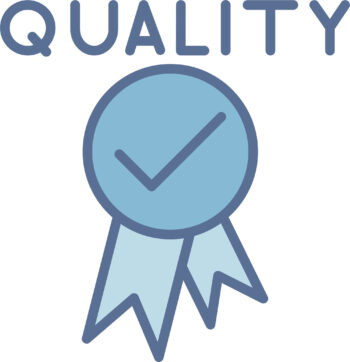You play a crucial role in ensuring that your practice not only runs smoothly but also continuously improves in quality. Quality improvement isn’t just a one-time task—it’s an ongoing commitment to making your office more efficient, patient-centered, and compliant with ever-evolving healthcare standards. This checklist is designed to guide you through the key areas of quality improvement, helping you identify opportunities for growth, implement effective strategies, and maintain a culture of excellence in your practice. By following these steps, you’ll be better equipped to meet the needs of your patients, support your team, and achieve your office’s goals.
1. Collect and Analyze Patient Care Data
- Gather patient feedback through surveys, comment cards, and online reviews.
- Review patient care metrics, such as appointment wait times, patient outcomes, and readmission rates.
- Analyze data to identify trends, common issues, and areas needing improvement.
2. Implement and Monitor Quality Improvement Initiatives
- Develop actionable plans based on data analysis to address identified issues.
- Assign team members to oversee specific improvement projects.
- Set measurable goals and deadlines for each initiative.
- Monitor progress regularly and adjust plans as necessary.
3. Engage Staff in Discussions About Improving Patient Care and Office Efficiency
- Schedule regular team meetings to discuss quality improvement ideas and updates.
- Encourage staff to provide feedback and suggestions for improving office processes.
- Foster a culture of continuous improvement and open communication.
4. Regularly Review and Update Policies and Procedures
- Conduct periodic reviews of office policies and procedures to ensure they are up-to-date.
- Revise policies as needed based on new regulations, feedback, or quality improvement findings.
- Communicate updates to all staff and provide training on new procedures.
5. Ensure Compliance with All Regulatory and Accreditation Standards
- Stay informed about current regulations and accreditation requirements.
- Perform regular audits to ensure compliance with health care standards and regulations.
- Address any compliance issues promptly and document corrective actions taken.
This checklist can help you systematically approach quality improvement in your medical office, ensuring that patient care and office operations continuously evolve and improve.
